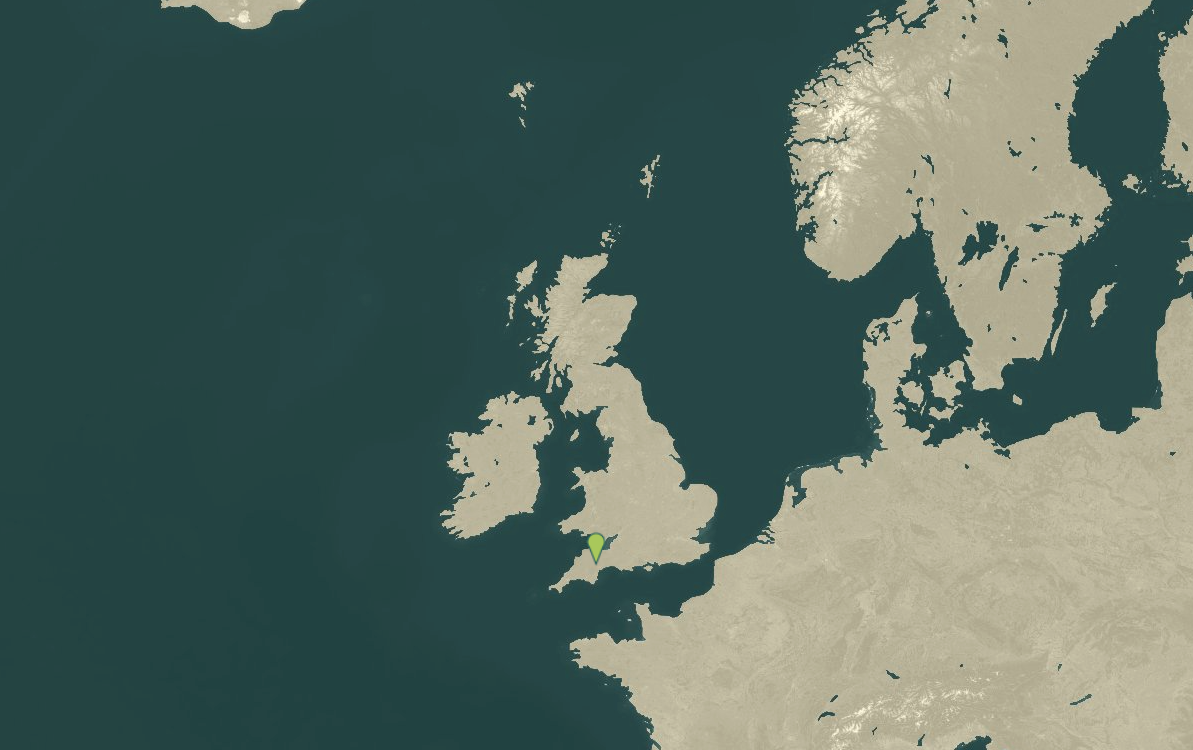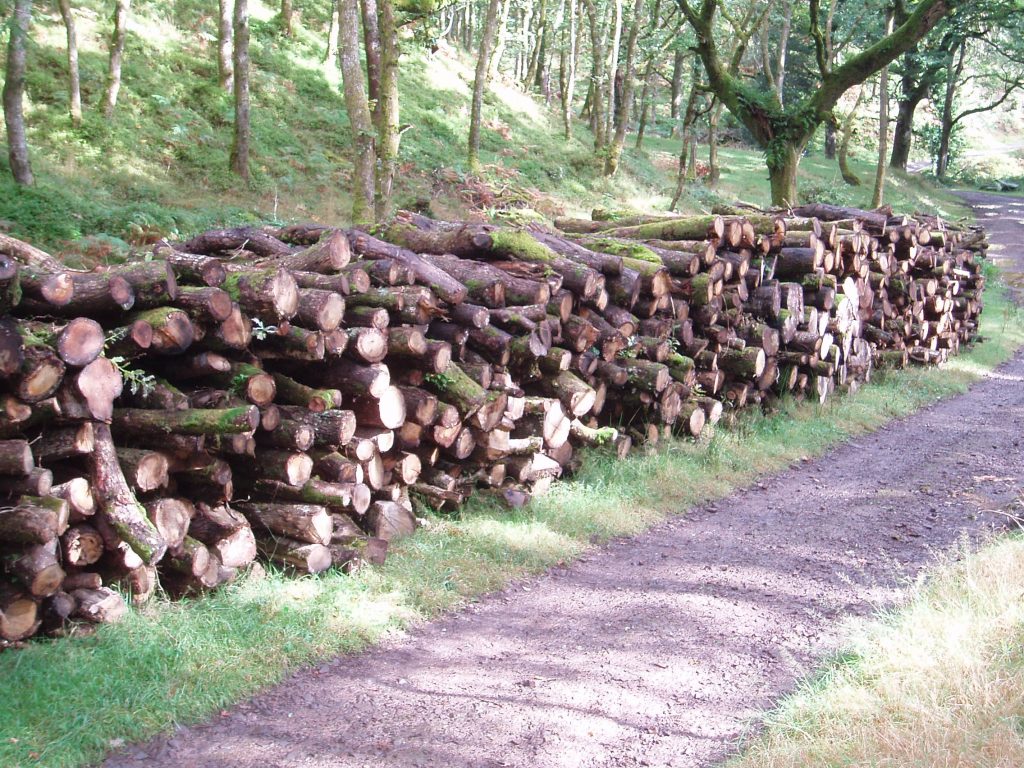Hawcombe Woods National Nature Reserve
United Kingdom

The Chairman of the Forestry Commission, Sir Henry Studholme, committed Hawcombe Woods to the QCC.

Hawkcombe Wood is located in the north of Exmoor close to the settlement of Porlock. It stands in a deeply incised wooded valley or “combe” (from the old Welsh “cwm” meaning valley). It extends to 100ha but forms part of the much more extensive coastal woodland complex.
In 2004, to recognise the 50th Anniversary of Exmoor being declared a National Park, Hawkcombe was designated a National Nature Reserve. Hawkcombe Wood NNR is now owned and managed by Exmoor National Park Authority.

One of the sustainable managements activities in Hawcombe is coppicing – the practice of continuously harvesting wood from regenerating stumps or “stools”. Once widely practiced, it has been reintroduced to create habitat for the rare heath fritillary butterfly (once called the “woodmans follower” due to its habit of colonising areas recently coppiced) which is now thriving.
Lower plants also thrive in the moist clean air and threatened bird species such as Pied Flycatcher are flourishing. Ancient pollards (like coppice, but cut above the height of browsing animals) are being gradually released from shading and some are being re-pollarded to help extend their lives. Many are hundreds of years old. Structures are being removed from the stream which is able to resume its natural course and species can recover.

Exmoor National Park Authority and the Exmoor Society have a long and close working relationship with the local community in Hawkcombe Wood. The Exmoor Natural History Society, a volunteer group based near Porlock, have been erecting and monitoring nest boxes for 20 years, and monitoring and recording species throughout the woodland. They also support academic input, and local researchers have been studying the ecology and geomorphology of the stream for many years, leading to the removal of flood-prevention structures to restore natural stream dynamics.
Local contractors and workers carry out tasks too large for volunteers, and timber felled during coppicing is sold into local fuelwood supply chains, helping to support the local economy and replace imported fuels.
Project Partners





